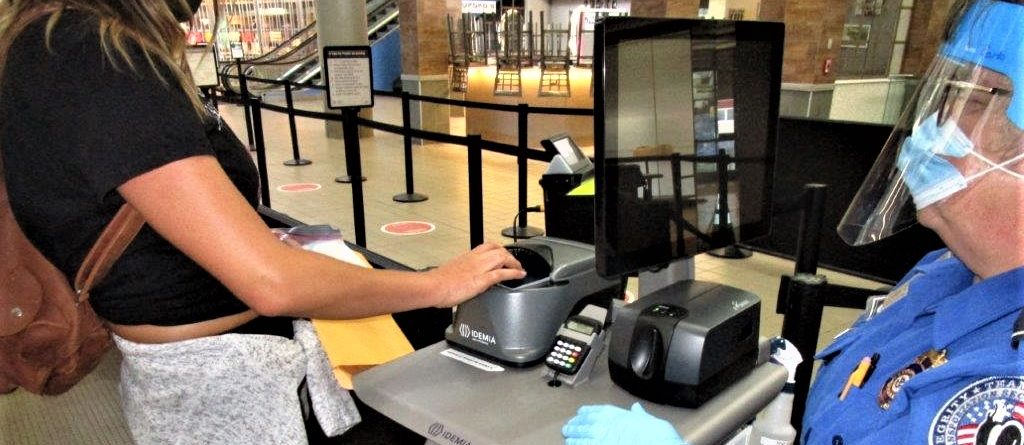The US Transportation Security Administration (TSA) has introduced new technology that validates a traveler’s identification and confirms their flight information in near real time at five airports in the USA.
“Credential authentication technology enhances our detection capabilities for identifying altered or fraudulent documents such as driver’s licenses and passports at checkpoints and increases efficiency by automatically verifying passenger identification,” explained Karen Keys-Turner, TSA’s federal security director for Pittsburgh International Airport, one of the five airports rolling out the technology. “The system will also confirm the passenger’s flight status in near real time through a secured connection.”
The five airports employing the credential screening technology are JFK, LaGuardia, Richmond, Pittsburgh and Philadelphia.
When travelers approach a TSA travel document podium, they place their driver’s license or passport into the CAT unit to be scanned. The device scans the ID and informs the TSA officer whether the ID is valid. In most cases, travelers who approach the TSA travel document checking podium do not have to show their boarding pass because the CAT unit verifies that the traveler is prescreened to travel out of the airport for a flight that day. However, one may be requested for travelers under the age of 18 and/or those with ID issues.
The TSA said this technology will enhance detection capabilities for identifying fraudulent documents at security checkpoints. The CAT units are capable of authenticating several thousand types of IDs including passports, military common access cards, retired military ID cards, Department of Homeland Security Trusted Traveler ID cards, uniformed services ID cards, permanent resident cards, US visas and driver’s licenses and photo IDs issued by state motor vehicle departments.

